JORMUNGANDR преміальний ніж ручної роботи - Дамаск 360 шарів, Обух: У9+20ХН3А 28 шарів 58-60 HRC
- Виробник: Преміальні колекційні ножі ручної роботи майстерні BERSERK
- Модель: JORMUNGANDR - преміальний ніж ручної роботи бренду BERSERK
| Загальна довжина клинка mm: | 280±05 мм |
| Матеріал леза | Клинок - Дамаська сталь (Damasteel) — вид сталі з видимими неоднорідностями на сталевій поверхні, найчастіше у вигляді візерунків, одержуваних різними способами. |
| Твердість клинка (метал): | Загартованість - 58-60 HRC |
| Матеріал руків'я: | Латунь, дерево венге. Ріг лося,очі камінь - яшма |
| Довжина леза | 127±05 мм |
- Наявність: В наявності
Доступні варіанти
Опис
ТЕХНІЧНІ ХАРАКТЕРИСТИКИ:
Тип ножа: Фіксований клинок
Бренд: Майстерня Преміальні колекційні ножі ручної роботи майстерні бренду BERSERK
Унікальний ніж ручної роботи, який вражає своїм унікальним стилем і особливим характером.
Рукоятка ножа поєднує в собі такі елементи, як ріг лося, ріг буйвола та нейзильбер.
Очі дракона на ручці прикрашені натуральними каменями в срібній оправі.
Клинок ножа - дамаська сталь ручного кування зі складним візерунком.
До ножа додаються шкіряні піхви.
Неймовірна майстерність і витонченість: ручна робота в світі ножів.
Кожен ніж - унікальний витвір мистецтва. Ніж виготовлений в єдиному екземплярі для справжніх цінителів мистецтва вікінгів.
Наші вироби - справжні шедеври, які відрізняються не тільки високою майстерністю, але й тим, що кожен екземпляр унікальний. Вони створені з любов’ю та увагою до деталей, виражаючи не лише власну творчість майстра, але й глибоке захоплення історією та культурою.
Ці унікальні предмети стають частиною вашого світу, який тепер ви можете тримати в руках. Вони несуть в собі енергію минулих епох і стають неперевершеною ланкою між сучасністю і давніми традиціями.
Наші ножі вражають не тільки своєю функціональністю, але й вишуканим дизайном.
Рукоятки ножа вирізані вручну з рогів лося.
Тварини не постраждали. У листопаді - грудні лось скидає старі роги. У квітні - травні у тварин починають відростати нові роги.
Ми знаходимо їх у лісі, переробляємо та робимо для вас унікальні речі.
Чудова робота у вашій колекції та унікальний подарунок. Його можна використовувати в кемпінгу, бушкрафті, виживанні, полюванні, риболовлі тощо.
Сталевий лист: Ціліснолитий, насткрізний монтаж на стяжку і смолу
Кут заточення леза: Загострений на 36 градусів
Спуски: Прямі
Зведення: 0,2 мм
Твердість леза: 58-60 HRC
Загальна довжина: 280 мм
Довжина леза: 127 мм
Ширина леза: 37 мм
Товщина леза: 4.0 мм
Довжина руків'я: 153 мм
Товщина руків'я: 22 мм
Матеріал больстера (гарда) та тильника: Латунь, дерево венге
Матеріал руків'я: Латунь, дерево венге. Ріг лося,очі камінь - яшма
Колір руків'я: Молочно-кавовий
Просочення руків'я: Є
Покриття руків'я: В пазах тонуючий лак
Отвір для шнурка (під темляк): Відсутній
Темляк - Відсутній
Піхви: Італійська натуральна шкіра рослинного дублення, оброблена апретурою для захисту від води та просякнута захисними розчинами, прошита вощеною ниткою. Зображення на піхвах - ручне тиснення власного бренду Берсерк фактури та художня розфарбовка. Вільний підвіс
Модель: JORMUNGANDR преміальний колекційний ніж ручної роботи майстра бренду BERSERK, купити замовити в Україні (Сталь - Дамаск.У9(60%)+ХВГ(30%)+40ХН2СВА(10%) 360 шарів, Обух: У9+20ХН3А 28 шарів 58-60 HRC)
Номер моделі: 001
Країна народження: Україна
Майстер: Бренд BERSERK, м. Володимир, Україна, Преміальні колекційні ножі ручної роботи майстерні бренду BERSERK
Найкраще використання: Багатофункціональний: полювання, рибальство, поділ тушки, нарізка тощо
Стан ножа: Новий
Ціна: Вказана з піхвами.
Заточений ніж - не є холодною зброєю.
Наші ножі дуже гострі, тому відкривайте та використовуйте їх дуже обережно. Ми не несемо відповідальності за будь-які травми, пов’язані з використанням наших ножів.
Наша продукція призначена для легального використання лише відповідальними покупцями. Ми не будемо продавати наші продукти особам молодше 18 років.
Наявність регулярно змінюється, після підтвердження вашого замовлення ми повідомимо вас про наявність або коли товар буде готовий. Товар може дещо відрізнятися від зображеного на фото.
JORMUNGANDR - назва цього унікального дизайнерського ножа та ручне різблення несуть в собі енергію минулих епох і стають неперевершеною ланкою між сучасністю і давніми традиціями та міфологією.
Інформація з вільної ВІКІПЕДІЇ:
"Йормунґанд (давньоскан. Jörmungandr, дослівно «велетенська палиця») — морський змій, персонаж германської міфології, один із трьох хтонічних чудовиськ, дітей Локі та гігантесси Анґрбоди. В Торсдрапа, Faðir lögseims, (в перекладі батько нитки моря), тобто батько Йормунґанда, використовується як кеннінг (посилання) на Локі. Йормунґанда часом називають Мідґардським змієм (давньоскан. Miðgarðsormr).
Одін заборонив Локі сходитись із Анґербодою (дослівно: «та, що віщує лихо»), оскільки було пророковано, що діти від їхнього союзу принесуть загибель богам. Коли Локі порушив заборону, Аси викрали трьох їхніх дітей, вовка Фенріра, Хель та Йормунґанда. Боги знали, що змій небезпечний для людей, тому вони вкинули його до вод моря, що оточує Мідґард. Йормунґанд виріс настільки велетенським, що, охопивши всю землю, схопив свій хвіст[1].
Заклятим ворогом змія є Тор, бог-громовик. Збереглося три перекази про їх зустрічі. У першому розповідається як Тор, прибувши у супроводі Локі та Тьяльві до велетнів в Утґард, виконуює завдання короля-гіганта Утгарда-Локі (що назвався при зустрічі з Тором Скрюмиром). Одним із завдань було підняти величезного кота. Тор зміг це зробити тільки наполовину. В кінці саги виявляється, що кіт — це насправді змій, а видався він котом тому, що Скрюмир навів ману на богів.
Наступна їхня сутичка відбувається, коли Тор вирушає порибалити разом із гігантом Гюміром. Запливши далі, ніж звичайно, Тор ловить на гачок змія, витягує того на поверхню та починає бити Мйольніром. Нажаханий Гюмір обрізає линву, і змій зникає у морі[1].
Остання їхня зустріч відбудеться під час Раґнароку, громовик уб'є Йормунґанда, але перед тим крапля його отрути потрапить на Тора, внаслідок чого бог помре також.
Слід зауважити, що боротьба бога-громовика зі змієм є класичним сюжетом у індоєвропейській міфології."
"Дамаск" та "булат" що це тако і чим відрізняються?
Що таке дамаська сталь?
Дамаської - називають сталь, що має чіткий, добре помітний поверхневий візерунок, що є наслідком її неоднорідної, шаруватої внутрішньої структури. Малюнок виділяється у вигляді світлих сталевих ліній на сірому чи чорному тлі. Особливо добре він стає помітним, після протруювання виробу слабкою кислотою. Але іноді буває, що візерунок проявляється після процесу полірування.
Здавна мечам з таким малюнком приписувалися виняткові якості: високі гостроти, гнучкість та міцність. Іноді (особливо на тлі продуктів недосконалих середньовічних технологій) так воно й було. Чому саме «іноді» поговоримо нижче.
На фото: Ніж "Феєричний дамаск" (дамаск).
Роги лося дуже часто використовують ножороби для виготовлення руків'я ножів.
Ріг лося - це далеко не найпоширеніший матеріал, з якого майстри воліють виготовляти рукояті своїх ножів. Більшість майстрів воліють працювати з більш щільними і міцними рогами, наприклад, самбара або білохвостого оленя. Однак це не означає, що роги лося абсолютно непридатні для того, щоб стати гарною рукояткою для ножа. Таке твердження далеке від правди, а тому в жодному разі не кидайте цю ідею.
Майстрам дуже подобається працювати з рогом лося, особливо коли створюють ножі у стилі ранніх американських ножів, або а-ля “примітивні” ножі. І форма, і розмір і текстура лосиних рогів чудово підходить для ножів такого типу. І дійсно, не можна назвати жоден з інших матеріалів, навіть рогів інших тварин, які б краще за лосині виглядали на рукоятях подібних ножів.

Венге (Milletia laurentii)

Вид тропічного дерева сімейства Бобових (Fabaceae) росте у джунглях західної частини екваторіальної Африки. Латинська назва - Millettia laurentii. Міжнародний код MTLR.
Європейські колоністи, котрі володіли ділянками африканської землі, назвали його Венге. Інші назви Венге – рожеве дерево з Конго або конголезький палісандр, дикела, міботу, боконге, авонг. У східній частині чорного континенту росте вид з назвою Рanga Рanga. Milletia ctuhmanii і Панга Панга споріднені зовні та за властивостями. Перші згадки про цінну породу з'явилися 1904 року. За екзотичною, рідкісною та дорогою рослиною ведеться справжнє полювання. Воно практично на межі зникнення. Бідне населення Африки вирубує та перепродує деревину.
Ботанічний опис

У висоту дерево сягає 20 метрів, а діаметрі – 1 м. Дуже рідко можна зустріти стовбури правильної циліндричної форми. В основному вони загнуті в один бік і мають трохи кореневих відростків. Гладка кора дерева завтовшки до 12 мм отруйна. Надріз кори сприяє появі соку.
Деревина
Двоколірна серцевина може бути світло або темно-кавового кольору. Вона схожа на гіркий нерозбавлений шоколад. Кільця зростання чіткі, промені не видно. Великі пори. Твердість по Брінеллю: близько 4,5, що твердіше за дуб і ясен.
Деревина потребує гідротермічної обробки та розпилювання в гарячому стані. Текстура матеріалу грубувата, велика, із прямими волокнами. У великих порах знаходяться мінеральні та маслянисті речовини. Деревина має такі властивості:
- середня щільність – 870 кг/м3;
- твердість за шкалою Янка – 8600 Н;
- модуль розриву - 151,7 Мпа;
- модуль пружності-17,59 ГПа.
Вміст вологи в сухій дошці венге не перевищує 12%. Цей вид деревини не вказаний у CITES додатках, але включений до Червоного списку МСОП. Він під загрозою зникнення через скорочення населення більш як 50% протягом останніх трьох поколінь, викликаного скороченням його природного ареалу і експлуатації.

Деревина венге користується популярністю через її розмірну стабільність і колірний контраст при змішуванні з легшими породами дерева, такими як клен. Це робить його особливо популярним у виробництві дорогих меблів, дерев'яних палиць тощо.
Цікаві факти
Корінні жителі Африки із міцної деревини венге робили зброю. А жерці Вуду брали серцевину дерева для магічних ритуалів.
Рекомендовані товари
Доставка і оплата
Доставка і оплата
Доставка Новою Поштою
Швидкість доставки в будь-яке відділення Нової пошти в Україні фіксується оператором, але зазвичай не перевищує 1-3 календарних днів.
Готівкою
Оплата готівкою при отриманні товару.
Післяплатою на Новій Пошті (при собі необхідно мати паспорт або водійське посвідчення).
Visa и MasterCard
Оплата замовлення на карту Приват Банку.
Доставка товару можлива тільки після підтвердження платежу.
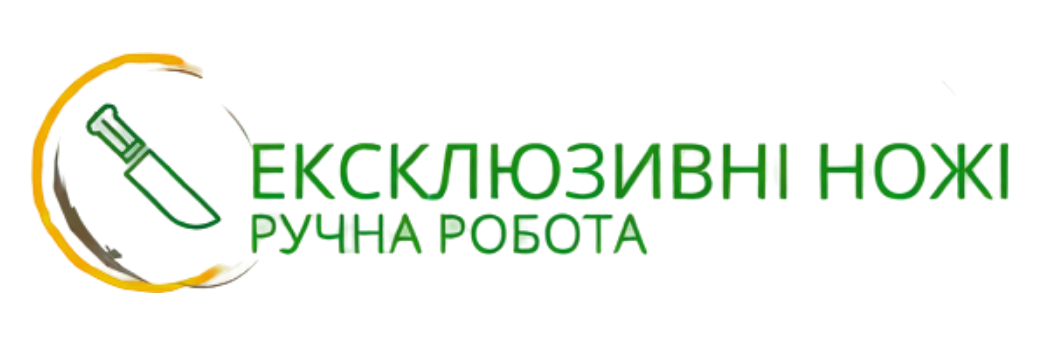







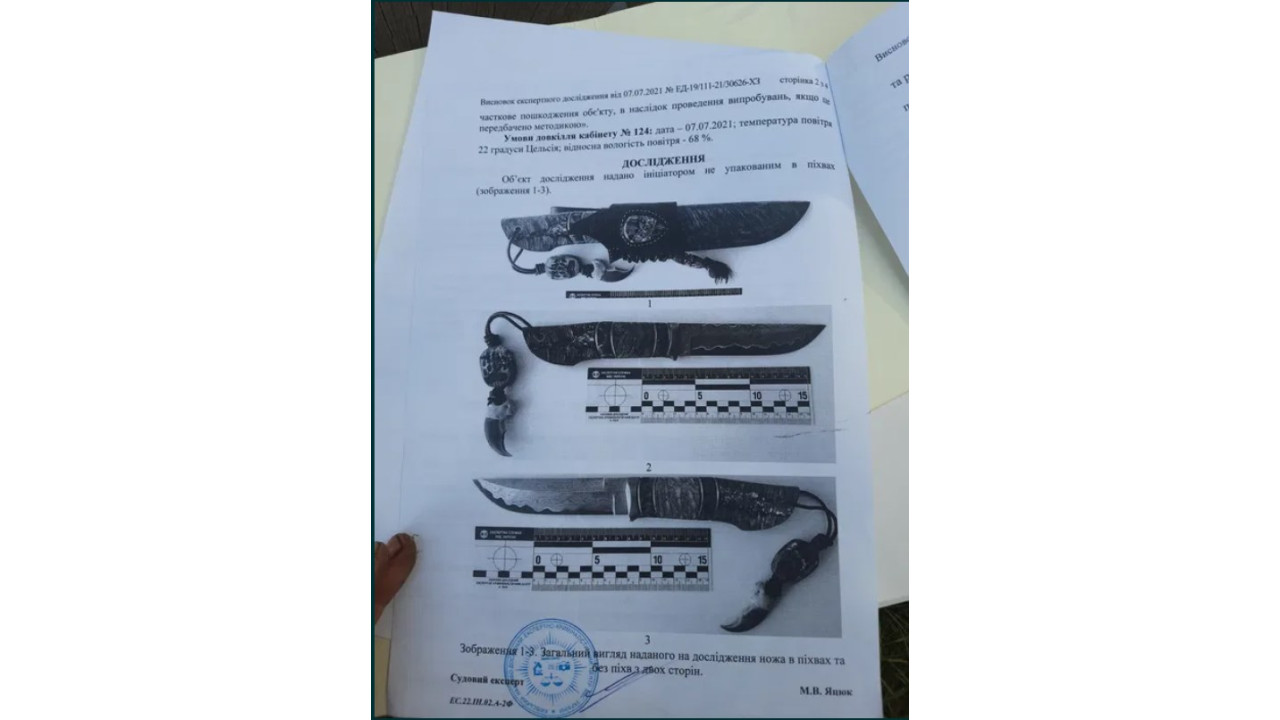



















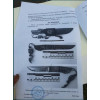












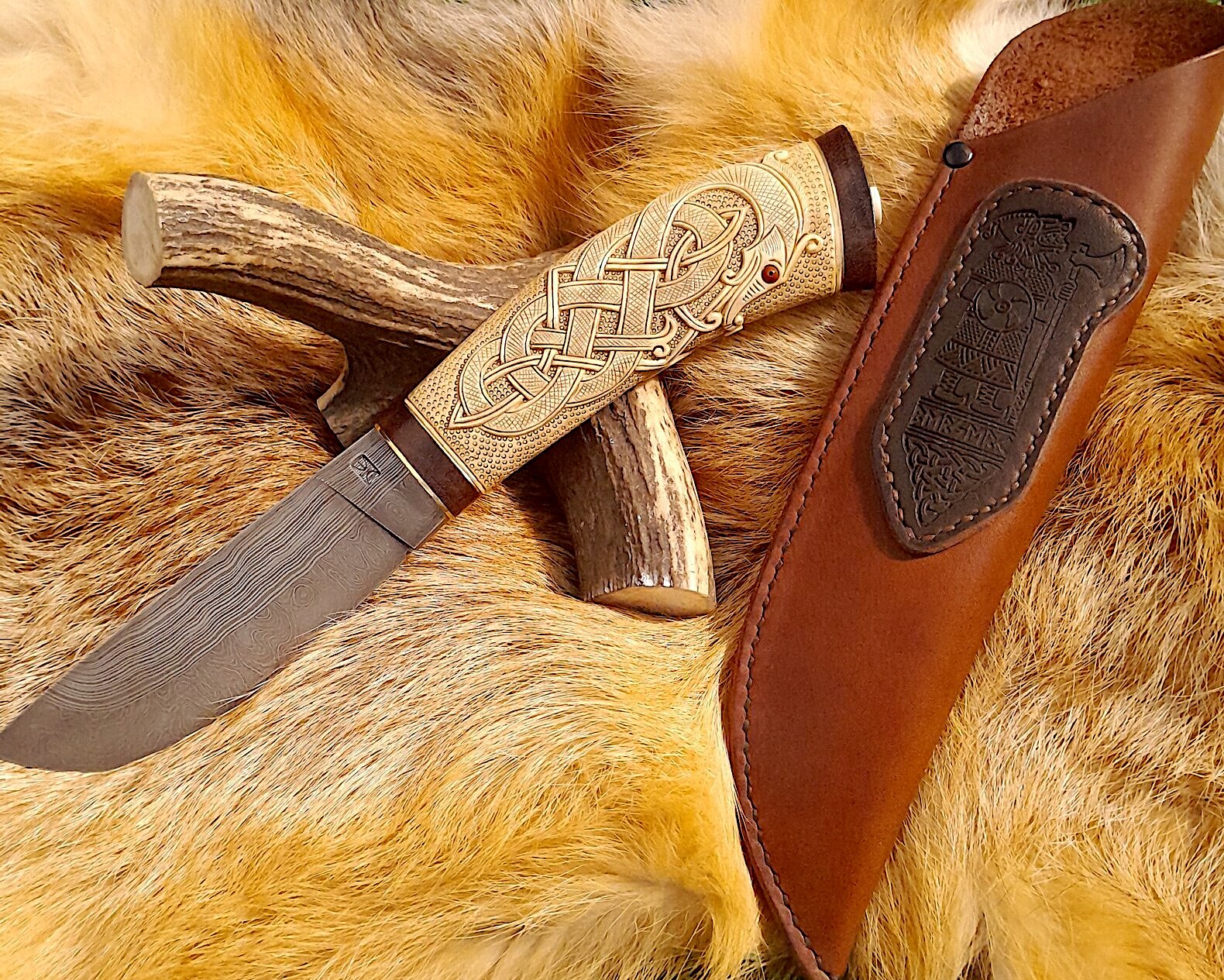

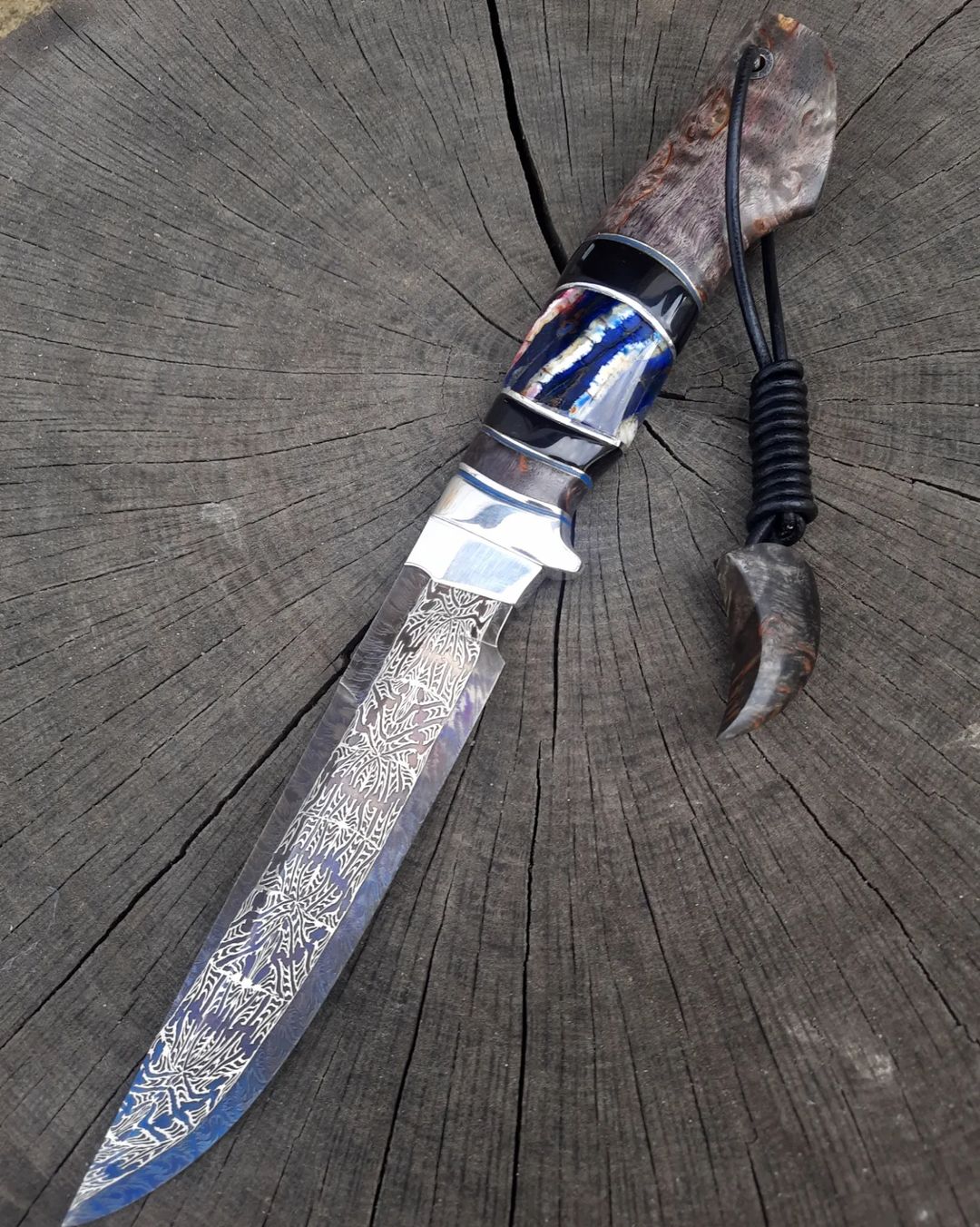
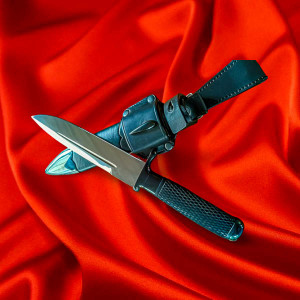
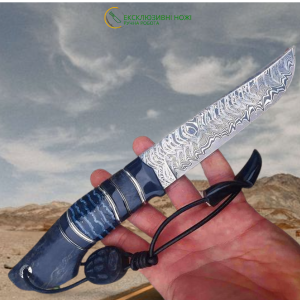
/EXELSIOR S90V ніж ручної роботи майстра студії Androshchuk Knives, купити замовити в Україні-300x300.png)
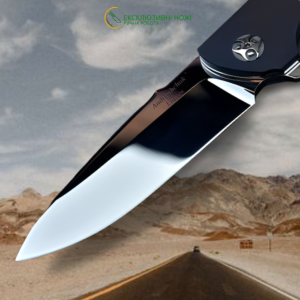
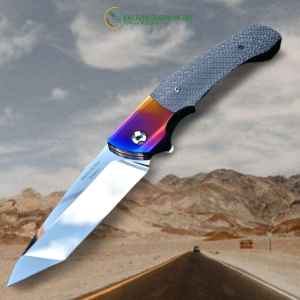



















-300x300.png)
/АВІАТОР/АВІАТОР ексклюзивний колекційний ніж ручної роботи студії KUSTOM KNIVES купити замовити в Україні -300x300.png)
/ДЕЛЬФІН/ДЕЛЬФІН (Dolphin) ексклюзивний колекційний складний ніж ручної роботи студії KUSTOM KNIVES_застав2-300x300.png)
/МІНОС (Minos)/MINOS (МІНОС) ексклюзивний колекційний складний ніж ручної роботи студії KUSTOM KNIVES_заст-300x300.png)
/ВОЯДЖЕР (Voyager)/ВОЯДЖЕР (Voyager) ексклюзивний колекційний складний ніж ручної роботи студії KUSTOM KNIVES29_заст-300x300.png)
/IRONBELLY/IRONBELLY ексклюзивний колекційний складний ніж ручної роботи студії KUSTOM KNIVES — середнє 2-300x300.jpg)
/ОЛВАР (Olvar)/ОЛВАР (Olvar) ексклюзивний колекційний складний ніж ручної роботи студії KUSTOM KNIVES купити замовити в Україні_заст-300x300.png)
/НОВА ГОТИКА/НОВА ГОТИКА ексклюзивний колекційний ніж ручної роботи студії KUSTOM KNIVES купити замовити в Україні_заст-300x300.png)
/ЗОЛОТА ОСІНЬ/ЗОЛОТА ОСІНЬ ексклюзивний колекційний ніж ручної роботи студії KUSTOM KNIVES_заставка-300x300.png)
/ВЕСНА/ВЕСНА ексклюзивний колекційний ніж ручної роботи студії KUSTOM KNIVES купити замовити в Україні_заст-300x300.png)





/GOLD NORD/GOLD NORD ексклюзивний колекційний ніж ручної роботи студії KUSTOM KNIVES купити замовити в Україні-300x300.png)
/PLUS+/PLUS ексклюзивний колекційний ніж ручної роботи студії KUSTOM KNIVES-300x300.png)

/СЛІМ (Slim)/СЛІМ (Slim) скаладний ніж ручної роботи студії KUSTOM KNIVES, Сталь - Damasteel® RWL-34™ 61-62 HRC_заст — середнє-300x300.jpg)

/ШЕВРОН (Chevron)/ШЕВРОН (Chevron) ексклюзивний складний ніж ручної роботи KUSTOM KNIVES7 — велике-300x300.png)
/ГАТОР (Gator)/ГАТОР (Gator) колекційний складний ніж ручної роботи студії LESBAR KNIVES_ЗСТ3-300x300.png)
-300x300.png)






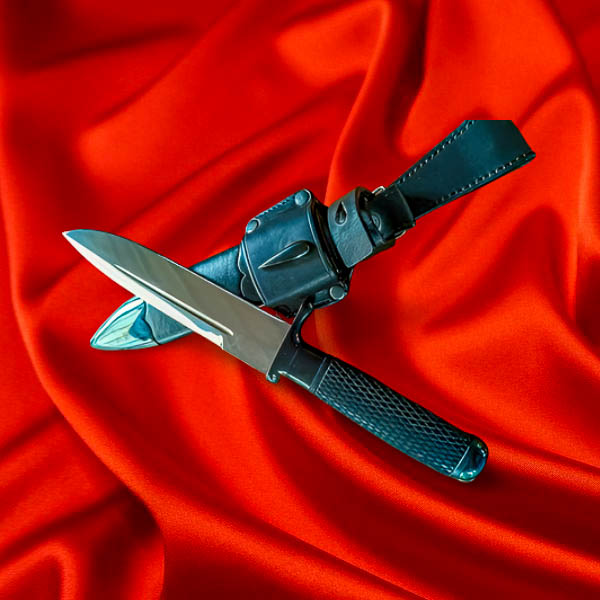


-600x600.png)
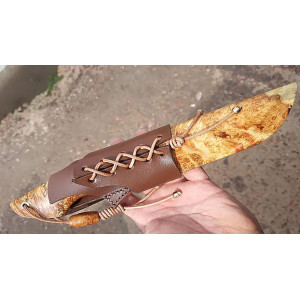
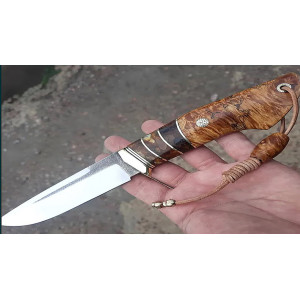






_заст-600x600.png)
9-300x300.jpg)
6-300x300.jpg)


























